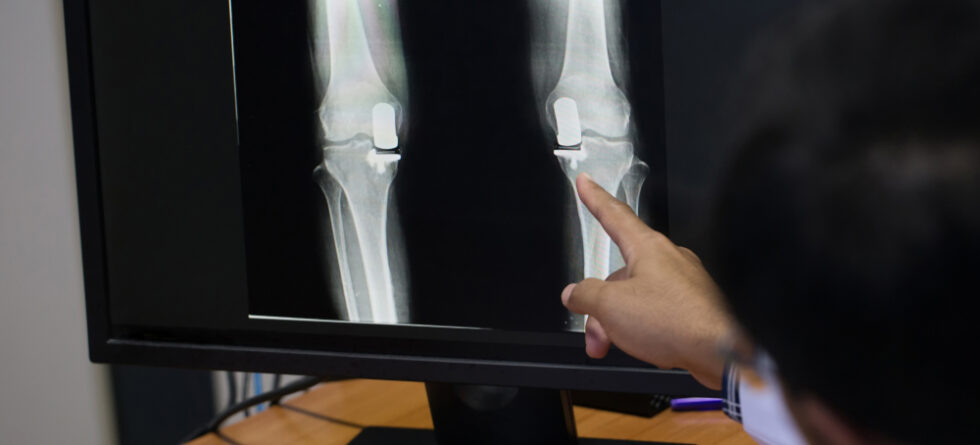After ACL (anterior cruciate ligament) repair surgery, patients typically undergo a period of rehabilitation and recovery to restore strength, stability, and function to the knee joint. During this time, there are several restrictions and guidelines that patients may need to follow to promote optimal healing and prevent complications. These restrictions may vary depending on the specific surgical technique used, individual factors, and the recommendations of the surgeon and physical therapist.
However, some common restrictions after ACL repair surgery may include…
- Weight-Bearing Restrictions – In the immediate postoperative period, patients may be advised to avoid putting weight on the operated leg or to use crutches or a walker for support. The duration and extent of weight-bearing restrictions may vary depending on factors such as the extent of tissue damage, the type of surgical repair, and individual healing progress.
- Range of Motion Restrictions – Patients may initially be instructed to limit range of motion in the knee joint to protect the repaired ligament and surrounding tissues. This may involve avoiding excessive bending (flexion) or straightening (extension) of the knee beyond a certain range, as well as avoiding twisting or pivoting movements that could strain the healing ligament.
- Brace or Immobilization – Patients may be required to wear a knee brace or use a hinged knee immobilizer to provide stability and support to the knee joint during the early stages of recovery. The brace may be used to restrict movement, prevent hyperextension, and protect the repaired ligament from excessive stress.
- Avoidance of Impact Activities – High-impact activities such as running, jumping, cutting, and contact sports are typically restricted during the early stages of ACL recovery to prevent reinjury and promote healing. Patients may be advised to avoid activities that place excessive stress on the knee joint or involve sudden changes in direction or acceleration.
- Gradual Return to Activity – As the knee heals and strength and stability improve, patients may gradually progress through a structured rehabilitation program under the guidance of a physical therapist. The timing and pace of progression may vary depending on individual factors, but patients are typically encouraged to gradually reintroduce activities and sports in a controlled manner as they regain strength, flexibility, and confidence in the knee.
- Adherence to Rehabilitation Program – Patients are often prescribed a comprehensive rehabilitation program consisting of exercises, stretches, and functional activities aimed at restoring range of motion, strength, stability, and proprioception in the knee joint. Adherence to the prescribed rehabilitation program is essential for optimizing outcomes and minimizing the risk of complications or reinjury.
It’s important for patients to follow their surgeon’s postoperative instructions and adhere to any restrictions or guidelines provided by their healthcare team. Rehabilitation and recovery after ACL repair surgery can be a gradual process, and patients should communicate openly with their healthcare providers about any concerns, symptoms, or challenges they may encounter during the recovery process. With proper care, adherence to rehabilitation protocols, and patience, many patients are able to successfully return to their desired level of activity and function following ACL repair surgery.




